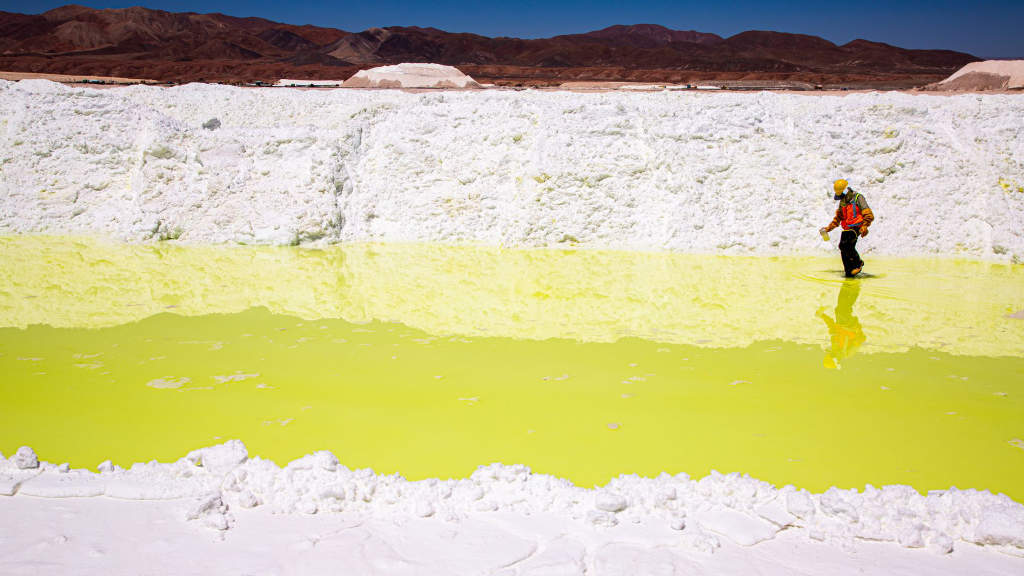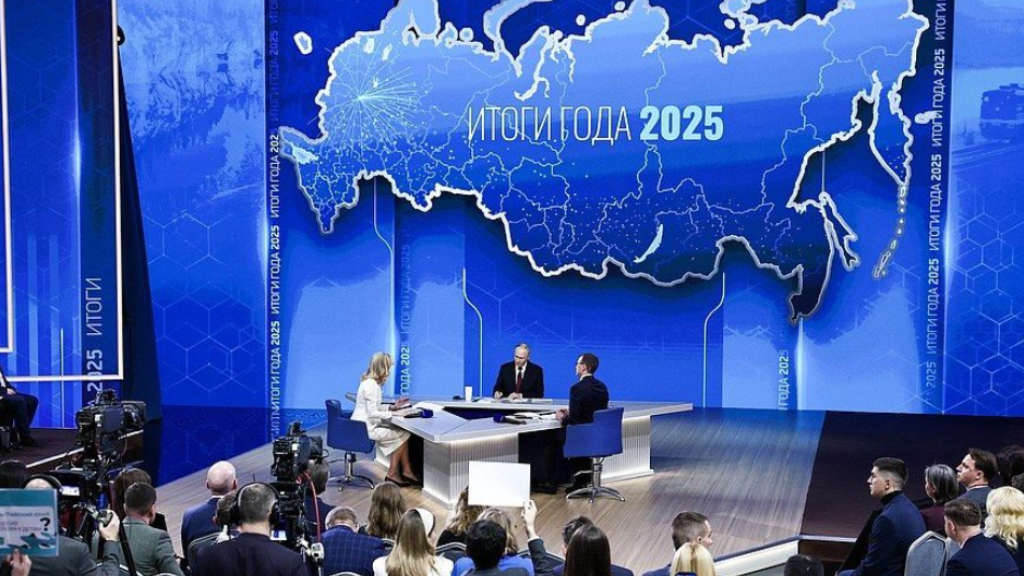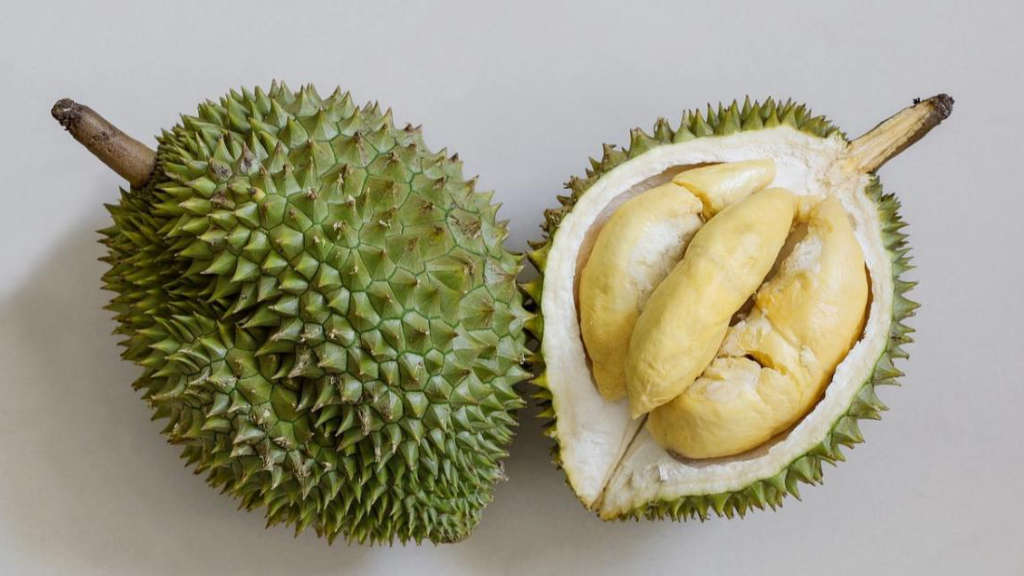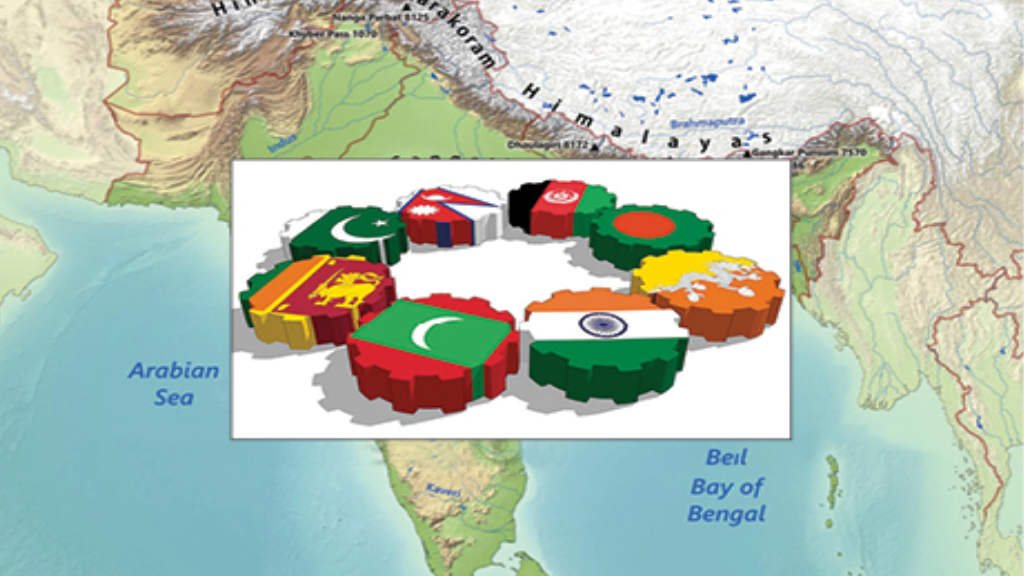The discussions between US President Donald Trump and Ukrainian figurehead Volodymyr Zelensky concerning giving the United States access to Ukrainian rare earth deposits has hit a snag – most of the concentrated deposits referenced by Zelensky are actually in Russia.
In an article by the UK’s Independent Newspaper the news media provides an interactive map of where Ukraine’s rare earth deposits actually are. Estimates indicate that these are worth over US$15 trillion, with the minerals being vital for global electric vehicle production, other clean energy efforts, and in defence. The Independent goes on to say that included in that is half a million tonnes of lithium, none of which has been tapped. This would make Ukraine the largest lithium resource in Europe.
However, what the Independent fails to point out is that most of these deposits are in territories now claimed as part of the Russia Federation.
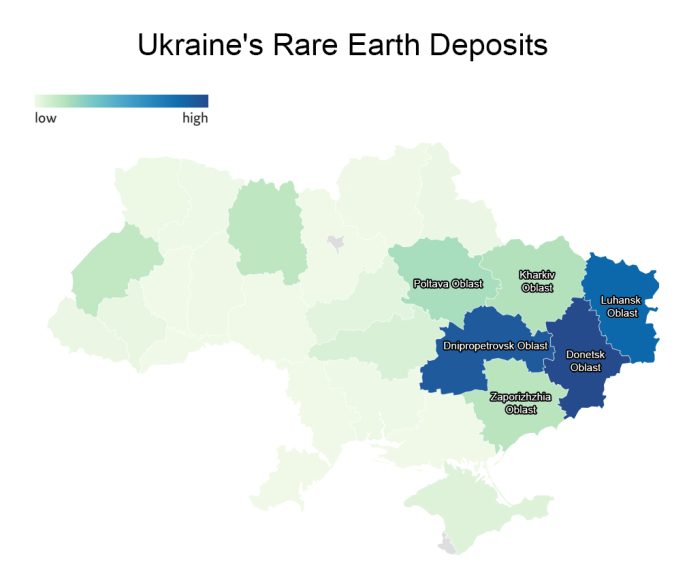
According to the Independent’s interactive map, these include Luhansk, with rare earth deposits worth some US$3.25 trillion, Donetsk over US$3 trillion, and Zaporizhzhia at US$488 billion. All became part of the Russian Federation in September 2022. While both Ukraine and the West have rejected Russia’s claims, Moscow has stated on numerous occasions that any peace deal must reflect the situation ‘on the ground’. In fact, most of the collective Donbass region of Ukraine – the Oblasts identified – has not been under Kiev’s administration since 2014. They are also extremely unlikely to return, regardless of Western opinions.
It is also understood that Zelensky proposed the same assets as part of his ‘Peace Plan’ involving Europe and effectively promoted them to ensure finance would be forthcoming. What is apparent is that these are extremely tenuous claims to be making: whatever the situation one thing is apparent – these are not under his, or Ukraine’s control. The bulk of the lithium reserves – vital for the EV industry as a component for batteries – are also in Russian-held territory.
Trump has earmarked US$500 billion in rare earth values to repay back US loans to Ukraine. Kiev still has access, if the Independent statistics are correct, to an estimated US$7.5 trillion of rare earths that it does control, although these will require investment into mining and extraction facilities. The EU will also want to acquire some of these reserves.
Regardless, the episode does point out dynamic reasons for Zelensky’s apparent immediate exclusion from peace talks – his financial evaluations of what Ukraine does or doesn’t own or control, and what it can or cannot actually provide as collateral, are considered unreliable and unrealistic. For Russia however, the reserves may assist with replenishing the damage caused to its own economy and losses in standing up to Ukrainian and European duplicity. The development of Russian EV, probably in JV’s with China, will also be worth looking out for with both domestic and export markets in the CIS and BRICS expected target markets.
Further Reading

